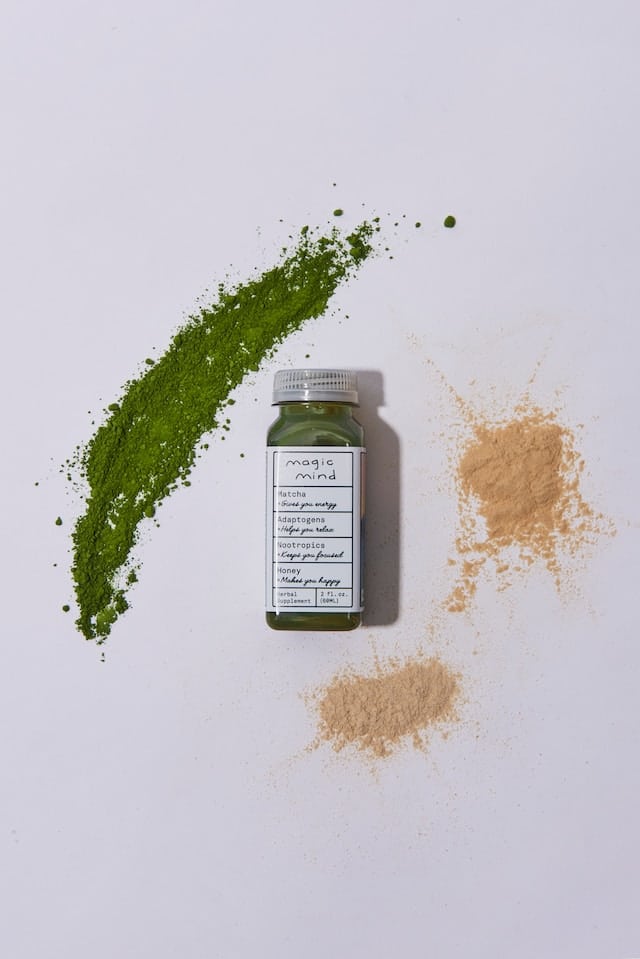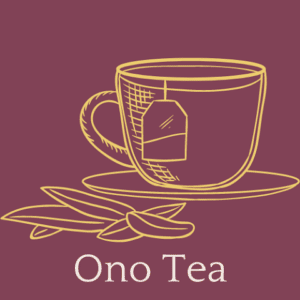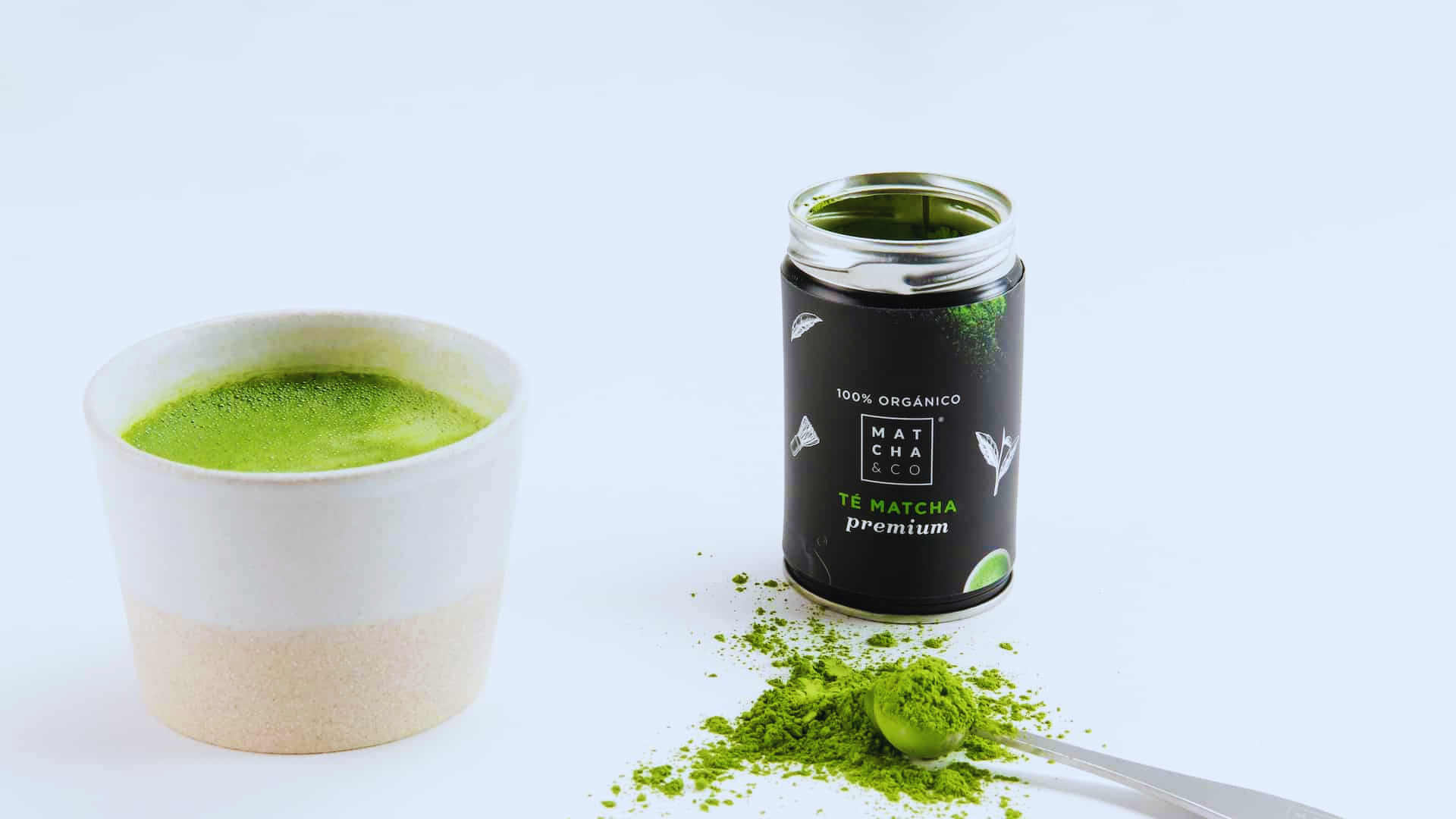Matcha tea, like coffee, is often steeped in tradition. And if you have ever been to Japan or an authentic mom-and-pop shop, you know how delicious traditionally prepared Matcha tea is.
An OG matcha lover would tell you the best and only way to prepare the delicious drink is with a bamboo whisk. And while they may have a point, this is not always accessible or convenient. With that said, the bamboo whisk is the most exact method, but there are other ways to achieve a similar result.
Whisked matcha is undoubtedly the best tea ever made, but it is still possible to get close to matcha’s great taste and consistency without the whisk.
In everyday life, the boy scout motto applies “Be prepared for anything.” And if you have ever had a craving for matcha tea but did not have the tools, you know how appropriate this motto is. And we are here to give you those tools.
Matcha Powder Tea History
In the early eighth century, Chinese women began making tea with some green powder. Research has allowed us to unearth that the powder comes from dried green tea leaves that are subsequently ground into a fine powder. Additionally, a steaming method is famous for making matcha tea, which also links back to the founders of this tea.
Nevertheless, a traveling Buddhist monk got fond of this tea, and the rest is history. We are seeing the fruit of that popularity today.
The monk we mentioned above was from Japan. And that’s where the now popular beverage gained steam. Upon finding this tea, he took the chance to bring it back to his students and masters. There is no indication as to when he brought it to Japan. But if we were to estimate based on the historical evidence, it was after 1150 AD.
This tea is so famous because matcha tea has barely any adverse effects. Furthermore, the benefits you get from this elixir are innumerable.

Preparing Matcha Without a Bamboo Whisk
Suppose you go to the kitchen. You have the urge to drink matcha tea. The first step involves preparing the matcha mixture. So you take out that green tea powder and throw some into a bowl. Now you need to move on to whisking matcha. But wait! Where is the bamboo whisk?
Oh God! You don’t have it. Now, what!?
You may encounter this situation if you are traveling or have misplaced your beloved whisk. Or, quite frankly, you do not own one.
Don’t worry because there are many other ways to blend matcha. Whether you want to prepare hot or cold brew matcha, our methods will work in both cases. Although these methods may produce a different consistency than the whisk, they will do the job adequately.
Method 1: Preparing Matcha With A Bamboo Whisk
This method is as old as time and will definitely get you an authentic-tasting matcha drink.
Because matcha is ground green tea leaves, this fine powder tends to clump when added to liquid. Unlike a standard metal whisk, a chasen (a.k.a the bamboo whisk) will froth your matcha and won’t scratch the bottom of your bowl!
Method 2: Preparing Matcha With A Milk Frother
Everyone has an electric milk frother at home.
Matcha prepared traditionally has its unique taste, but the modern version will have to suffice when you can’t do it the traditional way. And this is where the blender enters the picture.
Just add some matcha powder to your tea bowl. Take your electric frother. Add water and start frothing. Yup! That’s it.
Be cautious, however, because depending on the vessel you use, the milk frother can cause spillage.
Like a bamboo stick, you can take a frother anywhere. That is why we consider it an excellent alternative to the bamboo whisk. The only other thing you need in this case is a battery cell. Or maybe a charger in case your frother is rechargeable.
Method 3: Preparing Matcha With A Blender
Your juice blender can have multiple functions beyond blending juice and making smoothies. So here is how you need to use a blender for making matcha.
Add water and ideal-quality matcha powder to the blender and press the start button.
Is that it? Well, yes. Your matcha mixture is ready to serve.
Method 4: Preparing Matcha With Mason Jar
Mason jars have more utility than just storing food, and making matcha is one of them. For gym folks, this method is excellent if you are on the go.
Why? Because the former two methods involve little to no work. However, in this case, you will need to move your arms a bit. But note one thing before proceeding. This method of making matcha mixture is better for a cold brew and not as great for hot matcha tea.
So all you need is a mason jar, matcha powder, and water or milk (your choice). Add matcha powder and your choice of liquid to the mason jar. Now close the lid of the mason jar tightly. Make sure nothing comes out of it.
Now start shaking the jar as much as you can. Once you see foam in the mason jar, that is the sign of stopping.
Is Using Whisk a Better Option?
Using a traditional bamboo whisk to make matcha tea is the real thing. This method is authentic to the culture and will not scratch your bowl. In addition, the way the bamboo whisk is made creates the perfect matcha mix and breaks up the fine powder without creating pockets or clumps. Even with the alternative methods we told you guys about, there is a high chance you will see clumps floating above the mixture. So it is easy to say that using a bamboo whisk is better than the alternative methods.
In most Asian cuisines, bamboo is used to stir and even cook food. That is because of the flavor profile. So it is reasonable to believe that using a bamboo whisk adds to the flavor profile.

Matcha Tea Benefits
Matcha tea has several benefits. Most of these benefits are the same as those of green tea. However, the potency of these benefits is generally higher in matcha tea.
- Matcha tea can help boost weight loss.
- It can reduce the risks of becoming a victim of cardiovascular diseases.
- Some reports mention that this tea is excellent for bone health.
- This tea can boost energy.
- It allows you to sleep without discomfort.
Check out: Is Matcha Tea Safe During Pregnancy?
Matcha Tea VS Green Tea
Most herbal teas we know about come from one plant, i.e., the Camellia sinensis plant. Even matcha and green tea come from this plant. There are some differences between matcha tea and green tea, but the similarities are unusually significant.
But here are some exciting comparisons we found between matcha tea and green tea.
- Matcha tea is expensive, while green tea is cheap.
- Matcha tea requires more effort to prepare. However, you can make green tea in less than two minutes.
- Matcha tea has double the calories in a cup than green tea. For example, if green tea has five calories, there will be ten calories in matcha tea.
- Matcha tea has some components from the cannabis plant, while green tea is free of any such element.
- The caffeine content in matcha tea is higher than in green tea.
- Matcha tea is more famous than green tea. However, the consumption of green tea is higher than the consumption of matcha tea in the USA.
Conclusion
Matcha tea is gaining popularity at a rapid pace. And shows no signs of stopping for any good reason. Although the traditional method of making matcha involves a bamboo stick, you can skip it by using alternative blending methods.
Consider the fact that nothing in this world is impossible. Similarly, making matcha without a bamboo whisk is also not impossible. You just need to follow our methods and get the same matcha tea without using a bamboo whisk.
Sources
- https://moyamatcha.com/en/moya-matcha/history-of-matcha/#:~:text=The%20history%20of%20green%20tea,Eisai%2C%20and%20brought%20to%20Japan
.
- https://www.brides.com/chinese-tea-ceremony-5078037#:~:text=The%20Chinese%20tea%20ceremony%20is,the%20couple’s%20respective%20family%20homes.
- https://www.bbcgoodfood.com/health/top-7-health-benefits-of-matcha-tea

